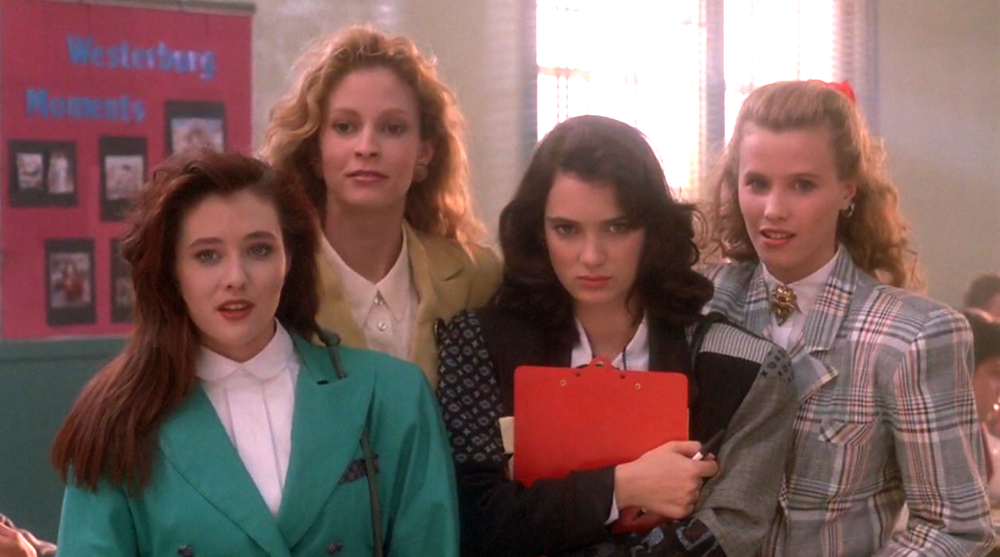Shoehorning Diversity Into The Media Is Sometimes Part Of The Problem
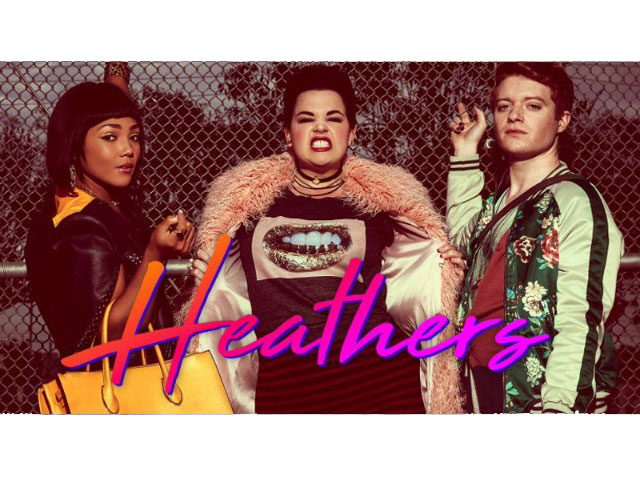 Thirsty for JUICE content? Quench your cravings on our Instagram, TikTok and WhatsApp
Thirsty for JUICE content? Quench your cravings on our Instagram, TikTok and WhatsApp
Earlier this year, American cable network TV Land greenlit the production of a TV adaptation of Heathers, a 1988 teen movie cult classic about a clique of cut-throat popular kids, made of protagonist Veronica Sawyer and three other girls all named Heather. However, TV Land’s ideas for the series sports a major differences from its 80’s iteration. The Heathers are no longer straight, white, indistinguishable and interchangeable females. Now, one is now a black lesbian, another is a genderqueer youth, and the third has “a body like Martha Dumptruck”, an obese and frequently-bullied character in the original Heathers film.
On paper, these identity swaps seem completely refreshing and new. At long last, a high school drama which represented minorities rarely seen or heard by the mainstream media? Count me in, I thought. I was under the impression that these new Heathers would serve as shining examples of the fact that Hollywood is now ready to take ethnic minorities seriously, and cast them as leading roles in which they are allowed to shine as perfectly normal and relatable characters. But I was wrong. It didn’t take long for the new cast of Heathers to be branded as “outcasts” by Variety.com solely because their characters were not heterosexual and cis-gendered. Lead actress Grace Victoria Cox (the new Veronica Sawyer) then put the final nail in the coffin by describing these rebooted character identities as “provocative”, and “allowing for satirical storytelling”. And with that, as quickly as it had been born, life then killed the dream I dreamed.
Let’s just straighten something out from the get-go. There is nothing inherently wrong with having a cast of characters in a movie or in a TV show who all have diverse racial backgrounds, different sexual orientations, and don’t completely write females out of the picture. Minorities have long since been deprived of roles in the mainstream media, and liberal audiences’ growing awareness of these groups’ erasure in the mainstream media have helped spur major Hollywood studios into offering more parts to LGBT+ individuals, POC (people of colour), and women. But there comes a time when inclusion and diversity, as well-intended as it is, may sometimes amount to simply another part of the problem. Diversity in TV and movies, if used and/or marketed wrongly, can instead contribute to the polarisation of minorities in popular opinion, singling them out as “different” and “other” when we are, at the end of the day, all human, and should be treated equally as such. But there has been a small but worryingly increasing trend of shows that are beginning to use diversity and inclusion as a gimmick, rather than because it actually reflects the state of the world as it is today.
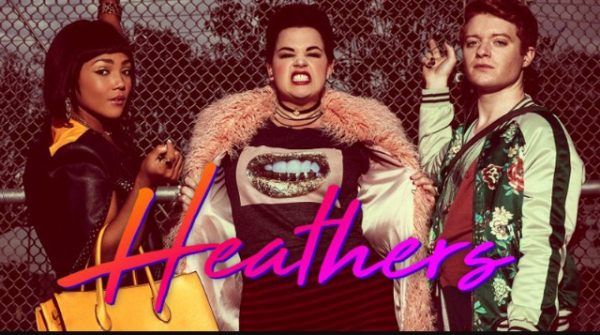
Conservative readers – don’t rejoice. I’m not on your side. I am not making a case against inclusion and diversity in the mainstream media, nor am I denouncing the trend of “pandering to political correctness” (a now-meaningless phrase which somehow gets pulled out every time a major franchise adds a woman, ethnic minority, or LGBT+ individual to its ranks). To me, this isn’t even an issue of political correctness. The world isn’t entirely made up of white people, so movies and TV should reflect the world as such. It would be ridiculous to insist on keeping a low trend of ethnic minorities in the mainstream media, especially when one considers the growing ethnic minority population in major Western countries, the influx of international students and expatriates in countries around the world, and the unstoppable rise of globalisation. But neither should a diverse cast be championed as the most winning factor about a show. Besides making for lazy writing, it only serves to widen the sociopolitical divide that faces minorities across the world.
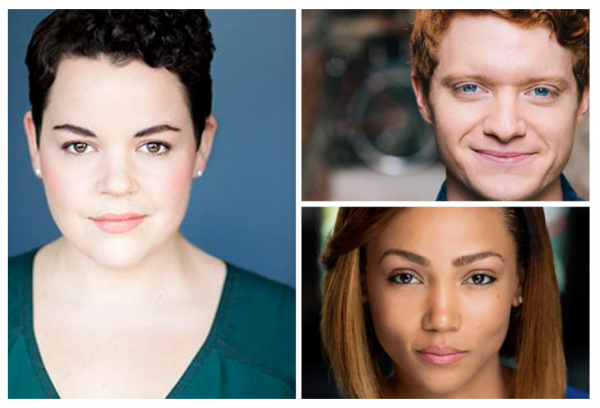
Let’s put this in the context that I began with – the Heathers remake. My grievances with the major overhaul in the show does not lie in the fact that ethnic minorities and LGBT+ individuals have now been cast in the place of heterosexual Caucasian people. No, my issue with Heathers is in the labelling of these changes as “provocative” . So far, the only information on the new Heathers reboot has been this switch-up of ethnicities, sexualities, and gender identities – at this moment, it seems that the plot of the original film will remain intact. For those of you not in the know, Heathers was a controversial movie back in 1988 – and is still considered very controversial today – for its violent, unflinching depiction of school shootings, suicide, bullying, and mental illness. In light of this, it’s completely absurd that the new Heathers reboot is now being marketed as “provocative” and controversial because of its casting of minorities in the lead role. The real issues that warrant the label of “provocative” here should be the atrocities committed by these young people against each other; especially seeing as teen bullying is on the rise (and with it, self-harm and depression amongst the youth). Yet all that seems to have been glossed over, in favour of dangling the diversity carrot in front of liberal millennials and hoping that they’ll bite.
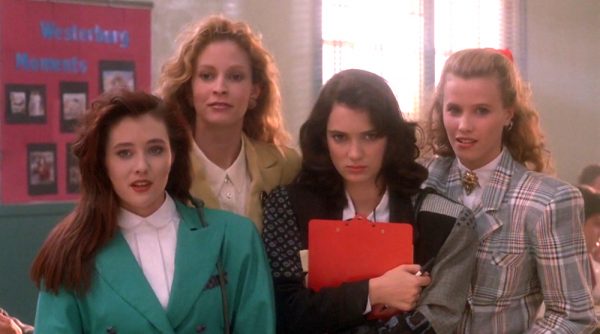
This classification of minorities simply existing as being “provocative” begs a few questions in turn. Why is a character considered “provocative” simply because of their racial identity, something they wouldn’t even have been able to control? What elevates an LGBT+ character above a heterosexual one when their sexualities are the only things being compared? Being in a minority group doesn’t automatically put anyone on a pedestal, nor does it make them any less of a human being. And this is the exact sentiment that TV Land, and several other studios out there, are getting gravely wrong. Marketing minorities as “provocative” instead of simply allowing their roles to be integrated is completely uncalled for unless the character is meant to be there as an exploration of what it means to identify as such a minority. Promoting a show lacking that premise solely on the grounds that it has a diverse cast only serves to further polarise the popular opinion of minorities. It sets them apart as “different”, and draws attention to them for parts of their identity that they cannot help, almost akin to how a 50’s carnival freakshow put people on display solely because they did not conform to bodily norms. Alternately, it could also promote the fetishisation of identifying as a minority, by pushing the narrative that being a person of colour, or identifying as LGBT+, is all the rage today, because it’s what sets one apart from the crowd. Today’s fight for feminism and equality does not, and should not, equate to elevating minorities above the rest simply for being who they are. It should equate to acceptance of minorities as part of the norm; as people no different than you.
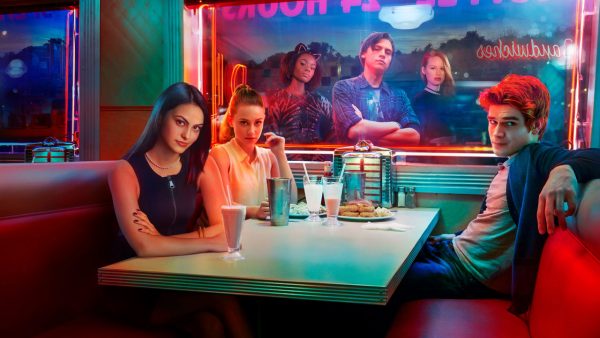
There are plenty of TV series which have done this before. Riverdale, the runaway smash hit drama from the CW and Netflix, is a show talked about today for its masterful reboot of the otherwise outdated Archie franchise, and not for the fact that it casually inserted half-Samoan KJ Apa into the lead role and Brazilian actress Camila Mendes as a Spanish iteration of Veronica Lodge. Or, for a more recent example, take the BBC’s announcement yesterday that the 13th incarnation of Doctor Who would be played by Jodie Whittaker, the first woman to receive the role. Whittaker’s casting as a character that had only ever been played by male actors was not marketed as “provocative” – it was recognised as a moment that would go down in the history of the Doctor Who series and British television, but no more than that. Nowhere (other than the comments by outraged male viewers who want the Doctor to be a “male role model”) was it even implied by the network that Jodie Whittaker was stirring up controversy simply for existing as a woman. Here, the inclusion of a female actress in a leading role was welcomed, but with no extra pomp and circumstance solely for the fact that she is a woman – which is exactly how it should be done.

Being a minority is not a fashion statement, nor is it an excuse to be treated in a derogatory manner. Simply being who you are shouldn’t be considered “provocative”, and certainly not if feminism and equality across the board is the larger goal at hand. Whitewashing is still not the answer – as with cases like Death Note and Ghost in the Shell, representation of minorities is still very much needed, and unnecessary changes in the original source material to the ethnicity of characters clearly hurts rather than helps when white people are given roles that should belong to ethnic minorities. However, even when the change goes the other way round, it could still hurt rather than help. Diversity in the media should uphold minorities and give them the exposure they deserve, not set them aside or above anyone else. Anything else is not real inclusion, or real feminism. It is simply unacceptable.
On the other side of the coin, whitewashing in Western media has also been reaching new lows. Read our take on Netflix’s new ‘Death Note’ adaptation here.


 Get Audio+
Get Audio+ Hot FM
Hot FM Kool 101
Kool 101 Eight FM
Eight FM Fly FM
Fly FM Molek FM
Molek FM